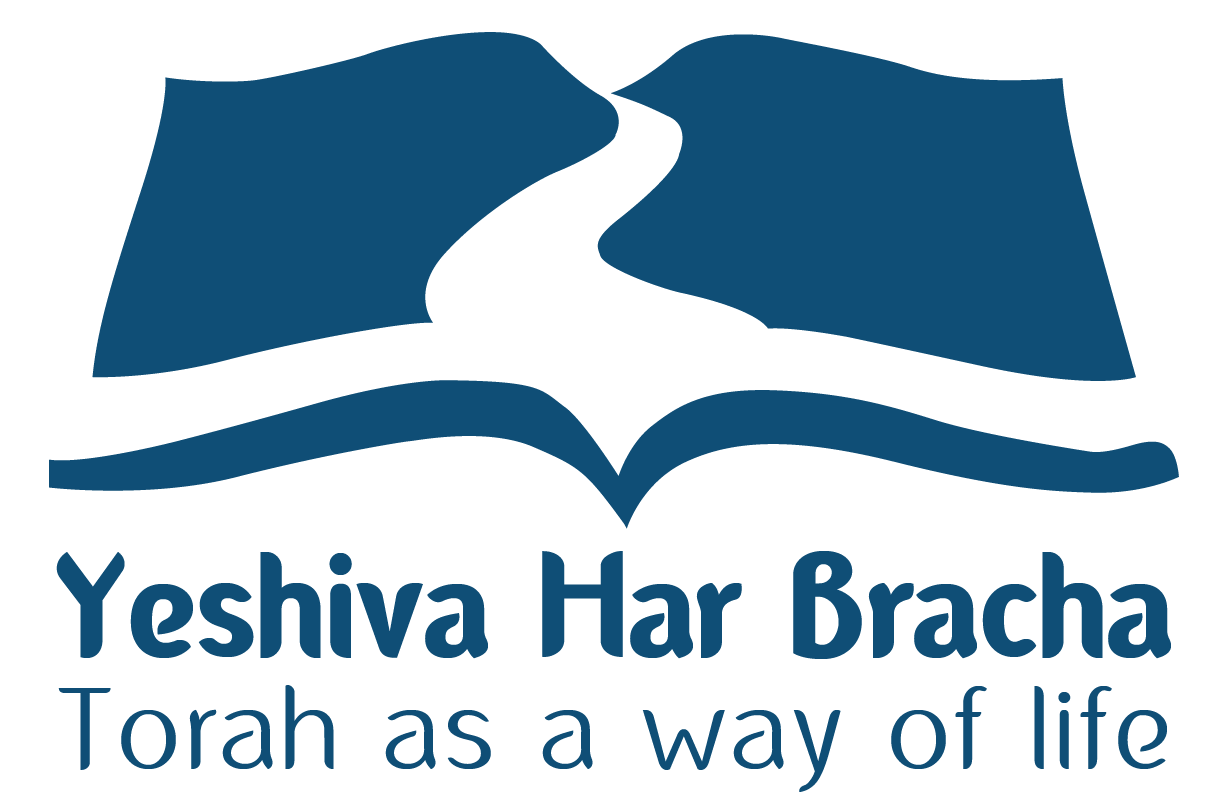The mitzvah of “Lo Takifu” (not rounding the hairline) distinguishes the Jewish people through their hair, just as the mitzvah of circumcision distinguishes them through their bodies * HaKafa (rounding) is creating a hairless zone across the entire width of the head, so that there is no connection between the hair of the head and the beard hair * Some are lenient and shave the whole head, but in practice, one should be stringent regarding a Torah doubt and leave at least 4 millimeters in the area of the peyot (sidelocks)
The Torah commanded men not to remove the peyot of their heads or destroy the corners of their beards, as it is stated: “You shall not round the peyot of your head, nor shall you destroy the corners of your beard” (Leviticus 19:27). We will discuss the explanation of the mitzvah of “Lo Takifu” (not rounding the hairline).
‘Peyah’ in Hebrew means ‘corner’, and peyat harosh (peyot of the head) refers to the ends of the head hair. Generally, the hair on the head has a rounded appearance, and the peyot protrude from it, descending and connecting near the ear to the beard hair. Those who remove the peyot create a hairless circumference around the head hair, with no hair on the forehead, above the ear, and behind the ear. By removing the peyah, they create a hairless gap between the head hair and the beard hair, thereby rounding the head hair in a place where there is no hair.
The mitzvah of “Lo Takifu” distinguishes the Jewish people through their hair, just as the mitzvah of circumcision distinguishes them through their bodies, and the mitzvah of tzitzit (fringes) distinguishes them through their garments. As our Sages expounded on the verse “You are beautiful, my beloved, you are beautiful; your eyes are like doves” (Song of Songs 4:1), likening the Congregation of Israel to a dove: “Just as this dove is distinguished (unique and marked for its mate), so too are the Jews distinguished through their hair cutting, circumcision, and tzitzit” (Song of Songs Rabbah 4:2).
The Upper Boundary of the Peyah
The upper boundary of the peyah is the line opposite the upper end of the ear, and the line is raised slightly upward to distance oneself from the prohibition. The lower boundary is at the end of the bone opposite the middle of the ear, from which point and below is the lower cheek area, the part that moves during eating, which is already the beard area and not the peyah of the head:

The Stringent View on the Upper Boundary
Some poskim (Jewish law arbiters) are stringent regarding the upper boundary and hold that it extends from the upper end of the ear to the upper end of the forehead (Ketonet Yosef, Yoreh Deah 1):

And some are even more stringent for those who have receding hairlines above both sides of their forehead, that they should extend the line to their edges. This refers to one’s natural state before beginning to go bald (Yad HaKetanah, Avodah Zarah 6:71):

The Halakha Follows the Lenient View
However, from the words of the Rishonim (medieval authorities), the first view in Illustration 1 emerges as the accepted opinion. That is, the area of the peyah is adjacent to the ear and opposite its upper half. This is also implied by the term “peyah,” which means the edge of the head hair, and no more than the edge (this is the view of Tosafot, Ritva, as cited in Beit Yosef 181:9, and also the view of the Meiri; Responsa of the Radbaz 2:641; Shach 181:1; Chida in Yosef Ometz based on the Arizal).
The Customary Stringency Regarding the Lower Boundary
Some poskim are stringent to consider the area of the peyah to extend down to the lower end of the ear (based on the Rivan):

However, according to the halakha, the area of the peyah is until the lower part of the bone opposite the middle of the ear, and below that is already the area of the beard and not the peyot (Rashi, Ritva, Nimukei Yosef, Meiri and others).
Narrowing the Peyot
Some poskim say that it is forbidden to remove any hair from the area of the peyot (as implied by Semag, Hagahot Maimoniot, Nimukei Yosef).
On the other hand, some say that as long as hair is visible in the peyah that separates the hairless part on the forehead from the hairless part behind the ear, it is permissible (as implied by Rashi and Maimonides, and as stated by Zera Emet). Therefore, according to their view, it is permissible to narrow the peyah:

In practice, since this involves a doubt concerning a Torah prohibition, it has been ruled that across the entire width of the peyah area, “a hand must not touch it” (Shulchan Arukh Yoreh Deah 181:9; Yam Shel Shlomo, Bach, Levush, and many others).
Is it Permissible for One Who Shaves His Head to Remove the Peyot with a Razor or Haircut?
Even one who shaves all the hair on his head is forbidden to remove the peyot, since by doing so he creates a connection, a circumference without hair between the forehead and behind the ear (Nazir 57b; Shulchan Arukh 181:2).
However, some say that just as the prohibition of shaving the beard is only with a razor, so too the prohibition of removing the peyot is only with a razor, but with scissors, depilatory, or an electric razor that works like scissors, it is permissible to remove the peyot (Maimonides, Semag, Sefer Hachinuch, Raavid).
On the other hand, some say that regarding the peyot, the prohibition is to remove the hairs of the peyah, and it does not matter how the peyot are removed. Therefore, even one who removes the peyot with an electric razor violates a Torah prohibition, since in practice a hairless circumference is created between the forehead and behind the ears (Tosafot, Rabbeinu Yonah, Maharam of Rothenburg, Rosh, Rabbeinu Yerocham).
In Practice, One Should Be Stringent
In practice, since this involves a doubt concerning a Torah prohibition, one should be stringent. Even one who shaves his entire head is forbidden to remove the peyot, even not with a razor (Shulchan Arukh 181:2-3). Rather, he must ensure that the length of the hair in the peyah is at least 4 millimeters, at which point it can already be bent back towards its roots (Niddah 52b), and it has the significance of hair (Tosafot and Rosh). This is approximately the length of hair that grows in one week (Nazir 39b).
Typically, hair grows about 3 millimeters, or even less, in one week, so some instruct that 3 millimeters is sufficient. However, to remove all doubt, and also because some people’s hair grows faster, the instruction should be to leave at least 4 millimeters.
Nevertheless, since according to Maimonides, Semag, Sefer Hachinuch and others, it is permissible to shave the entire head with an electric razor without leaving any peyot at all, although in practice the ruling is to be stringent, one should not rebuke or reprimand those who follow the lenient view, since they have authorities to rely upon (Zera Yitzchak 12, as quoted in Darchei Teshuva 181:4; Shoeil U’Meishiv 1:97).
However, an educational institution is entitled to establish its own dress code, which may include requiring its students to follow the majority view of the poskim regarding the peyot, and even to reprimand and penalize those who do not follow this practice.
The Custom of the Meticulous
Even though according to the letter of the law, it suffices for the hair growing in the peyot area to be four millimeters long, since the peyot are an identifying sign of Judaism expressed through hair, many are meticulous to grow them out to a visibly longer length, and some even curl them. However, many do not follow this stringency, and there are even G-d-fearing individuals, including rabbis, who do not grow their peyot longer than the basic legal requirement.
Is it Permissible to Grow the Hair on the Head Long, while keeping the Peyot Trimmed Short?
A: From the perspective of the prohibition of “Lo takifu,” as long as the hair in the peyot area is four millimeters long, there is no prohibition. However, from the perspective of the prohibition of “You shall not follow their practices,” there is a doubt whether this would constitute a biblical prohibition, or perhaps a rabbinic prohibition, or perhaps just an improper custom. But more on that another time.
This article appears in the ‘Besheva’ newspaper and was translated from Hebrew.








